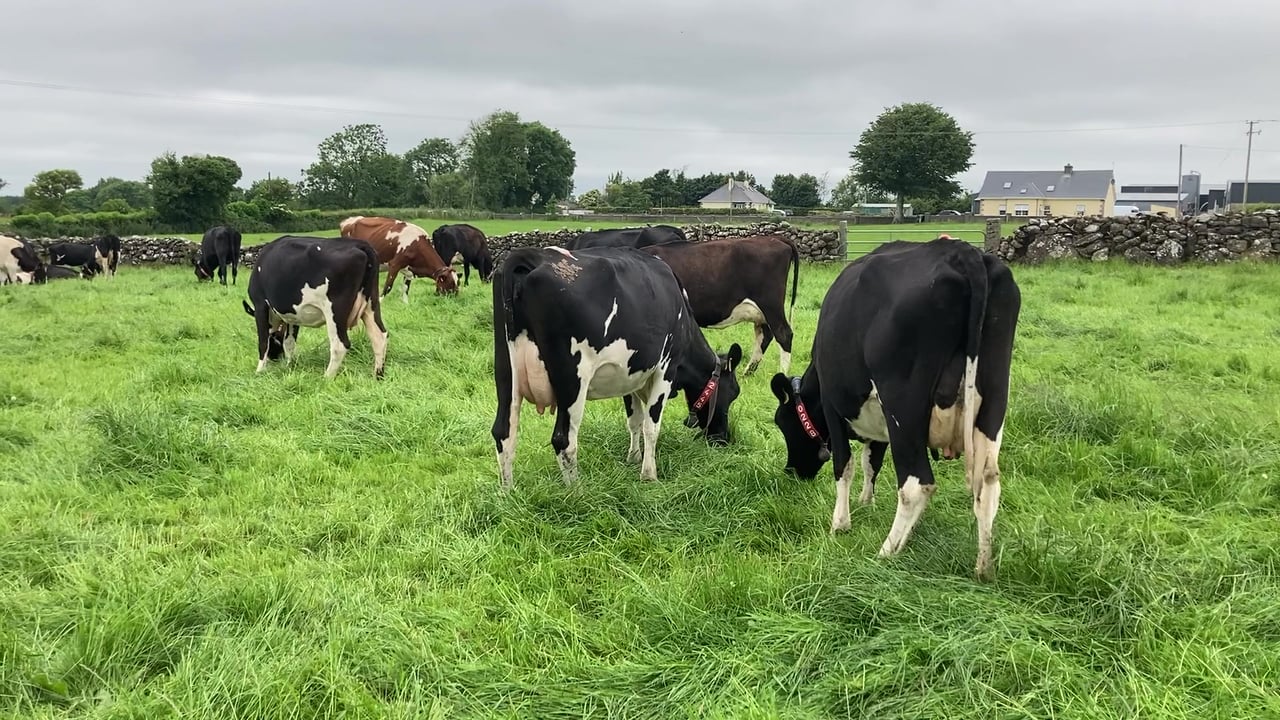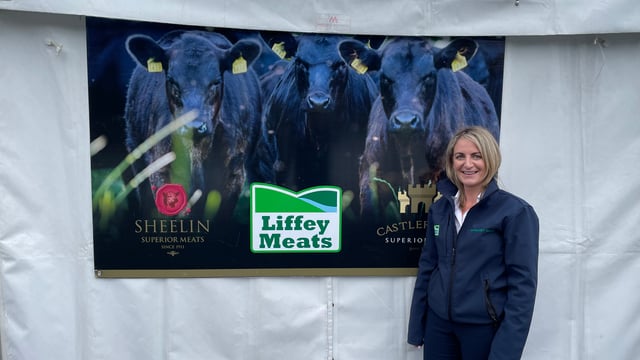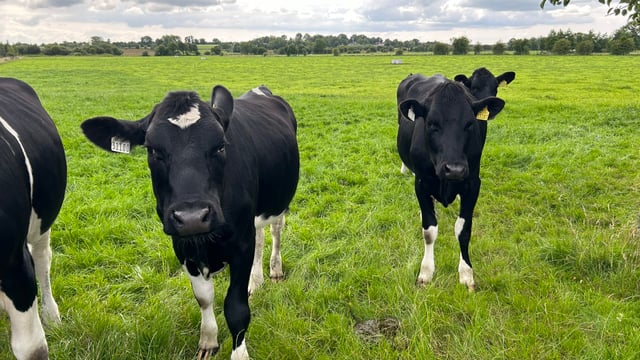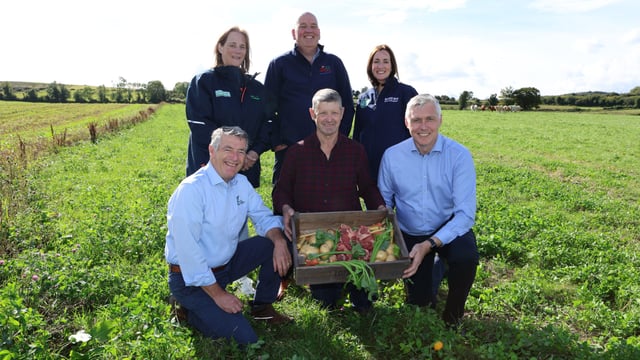Extend your grazing season for as long as possible this autumn
It is now time to start thinking about extending your grazing season for as long as possible. This will be determined by various factors, such as weather, soil type and grass supply.
Although we cannot determine the weather, farmers can have a say on their soil type in the long run through a combination of drainage, good access to paddocks and utilising on/off grazing.
Grass supply can also be somewhat controlled, as ensuring that you keep enough grass for September and October is crucial to your housing date and extending the grazing season.
It is important that farmers maximise the growing season for as long as possible, as doing so can aid in saving fodder supplies this winter.
The focus of autumn grazing management is to increase the number of days at grass and improve on animal performance where possible.
Autumn grazing is also very important in setting the farm up for the final rotation to grow grass during winter and to provide grass the following spring.
The table below sets out targets to successfully build up enough autumn grass for a farmer stocked at 2.5 livestock units (LU)/ha and different stocking rates will require different targets, but the rotation length should be the same.
Autumn grass targets for a farm stocked at 2.5LU/ha is as follows:
| Date | Average Farm cover (AFC) (kg DM/ha) | Cover/cow | Rotation length |
|---|---|---|---|
| September 1 | 750 | 300 | 30 days |
| Mid-september | 1,100 | 450 | 35 days |
| October 1 | 1,000 | 400 | 40 days |
The aim should be to have an AFC of at least 600 to 650kg DM/ha by the time the cows have to come in for the housing period.
There are different ways to extend your grazing rotation which include:
- Reduce your stocking rate so only milking cows are on the milking platform;
- Move on your cows that are for culling;
- Apply fertiliser and slurry to maintain grass growth aiming for around 20 units of N/ac;
- Graze your paddocks clean and don't poach or damage them;
- Feed extra ration or high-quality baled silage to reduce demand.
Occasionally, September can be a very strong grass growing month where grass can get ahead of target, especially on farms that are not stocked too heavy.
This will have to be controlled as very strong grass will lead to poor quality and utilisation if the weather turns, which will have an affect on performance in the following spring.
In the scenario where covers are getting too strong and out of hand, your options include:
- Reducing meal, be careful of grass tetanyif going below 2 - 3Kg;
- Increase your stocking rate for a short time;
- Cut for surplus bales and do it early rather than later to ensure you get the regrowth.
The advice really just depends on how much grass you have in front of you, which means you should be constantly monitoring the grass situation in order to make prompt decisions.
Autumn time is different to summer growth - decisions will have to be made quicker to ensure the grass growth comes back and to ensure you aren't shooting yourself in the foot for spring grazing.





